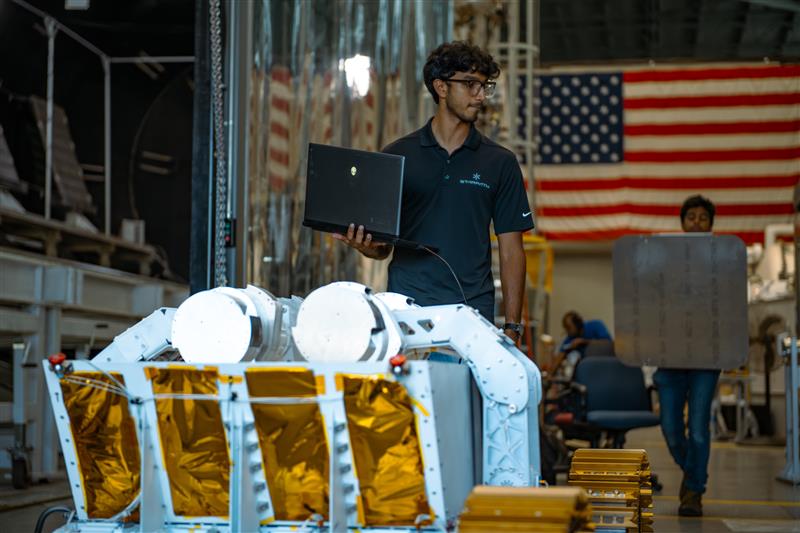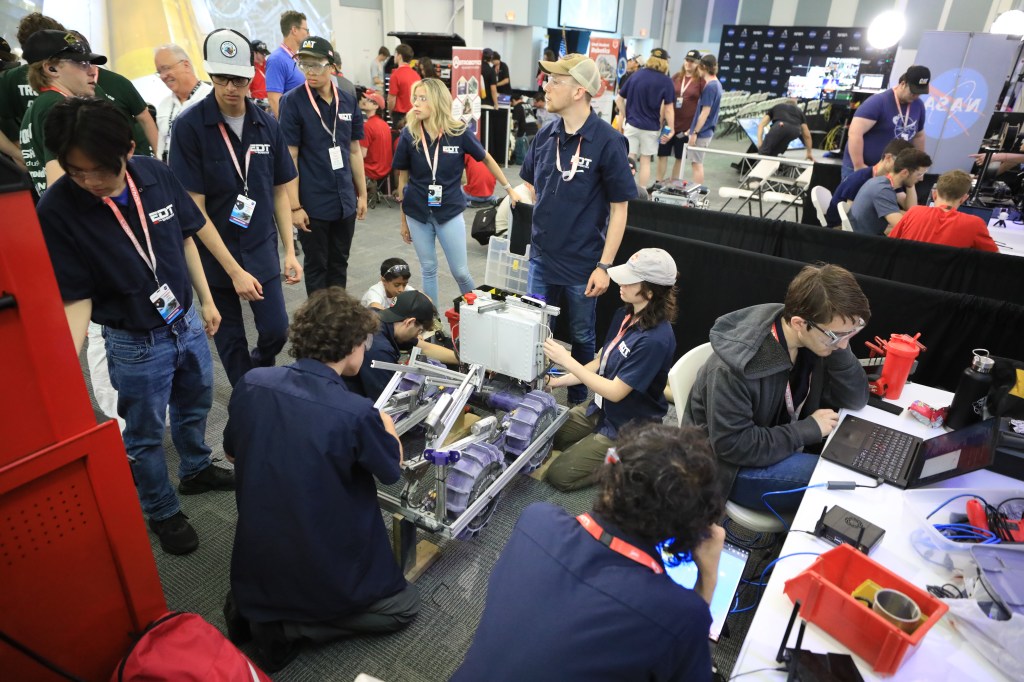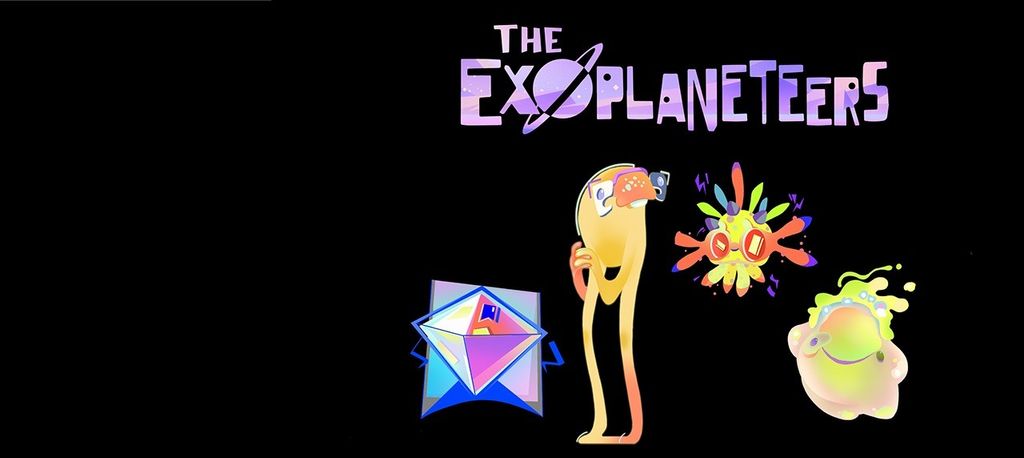Curiosity Finds Calcium-Rich Deposits
| Language |
|
|---|
NASA's Curiosity rover finds calcium deposits on Mars similar to those seen on Earth when water circulates in cracks and rock fractures.
TRANSCRIPT
Hello, I am Justin Maki and I am the engineering camera lead for the Mars Science Laboratory mission and a member of the MSL Science Camera Team and this is your Curiosity Rover Report.
The rover has been investigating the Yellow Knife bay area as part of an effort to pick the exact location of our first drill activity on Mars.
The images being returned by Curiosity show a diverse collection of interesting features, including sedimentary rocks, pebbles, cracks, nodules, and veins.
The vein features are seen as a bright white material, and we see them just about everywhere we look in Yellowknife bay. The Chemcam instrument has found that these veins contain elevated levels of calcium sulfate, likely in the form of bassanite or gypsum. Gypsum veins are also seen here on Earth and associated with water percolating through cracks and fractured rocks.
The exciting news from all of this analysis is the candidate site where Curiosity will conduct its first drilling activity.
This site is located only a few meters away from the rover’s current location, and lies in a flat area, suitable for drilling.
The team hopes to drill directly into one of the veins and place the powder into the SAM and ChemMin analytical instruments.
These instruments will give us detailed information about the composition of the material. We’ll be driving over there in the next few days.
On our way over to the drill site, we’re planning on using the rover’s wheels to crush some of these nearby veins and examine the freshly broken material. This image from Sol 135 shows an example of how the rover can break open soft rocks with its wheels, revealing the freshly exposed material.
I’m Justin Maki, and this has been your Curiosity Rover Report. Check back for more reports.

























